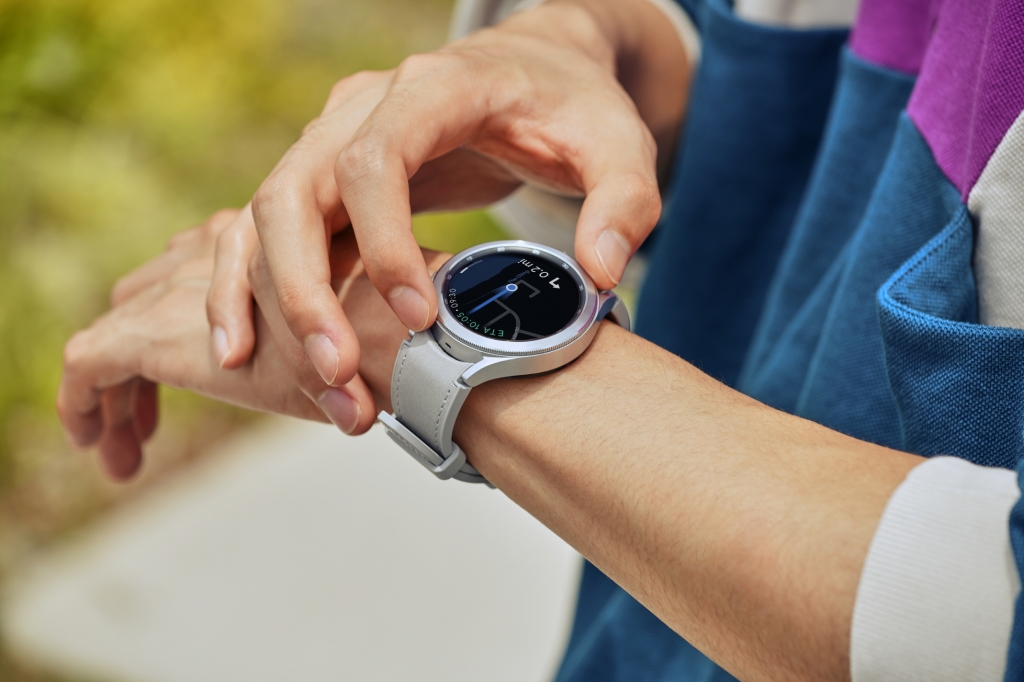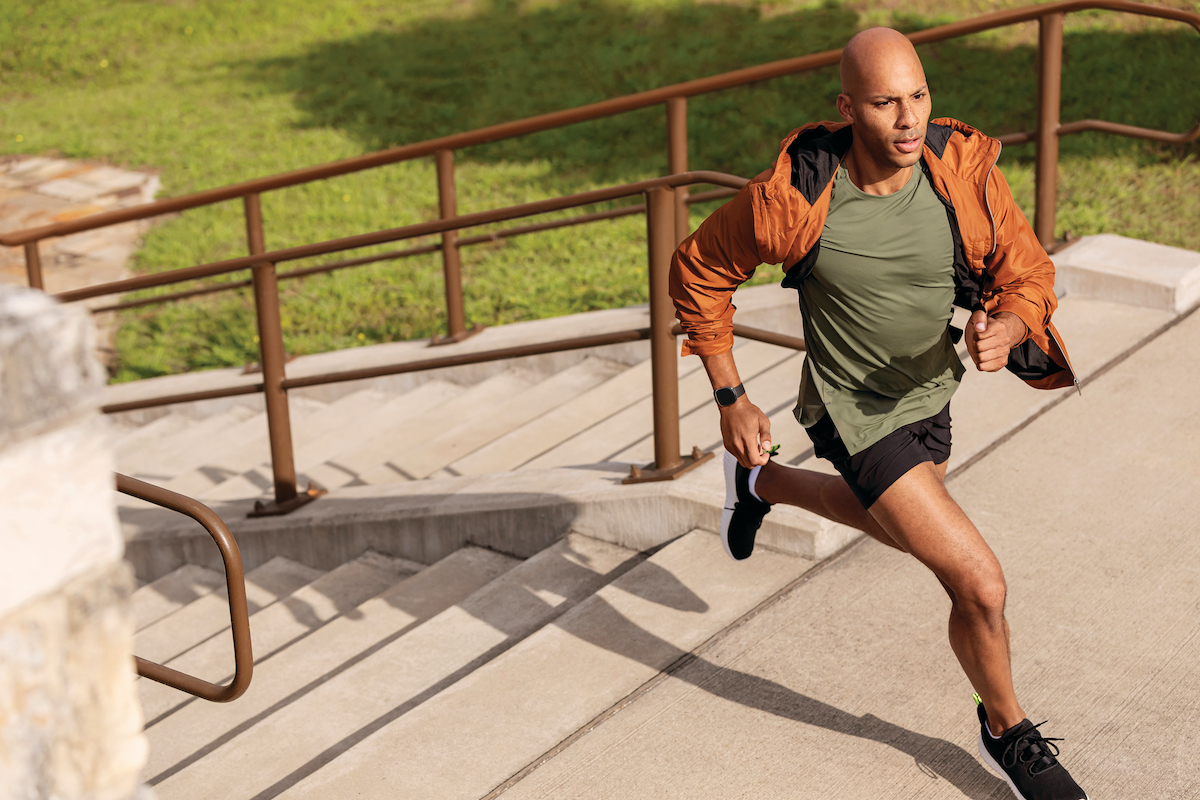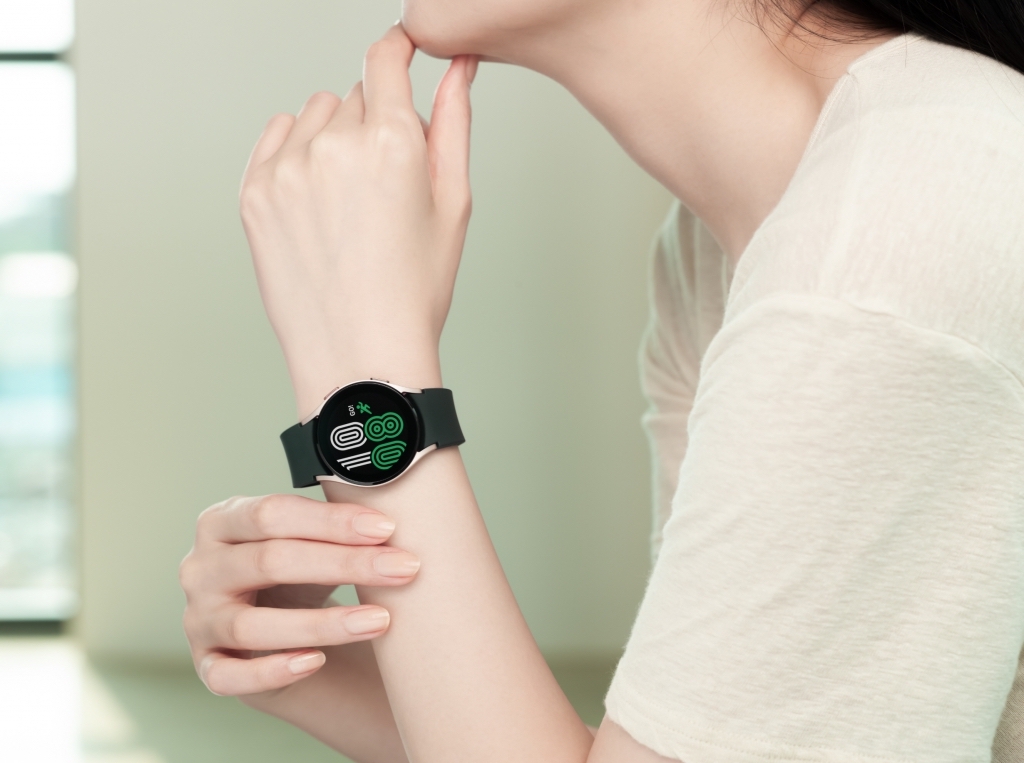
Wearable tech can be a great way to track your health on a daily basis. When it comes to the human body, more data is often better than less. With lots of data over a long period of time and the help of a doctor, we can get an idea of what’s normal for our bodies versus what seems out of the ordinary. This can be helpful for those with high blood pressure and other conditions, as well as individuals who are simply watching out for a condition that might be underlying or hereditary.
Can wearable technology replace a trip to the doctor’s office?
Wearable technology is no replacement for seeing a doctor. The smartphone apps that come with wearable tech (while often great and full of helpful insights about our health) don’t make us medical professionals. These apps aren’t a replacement for seeing a doctor, but they can be a great addition to your arsenal of healthcare tools. They’re particularly skilled at pointing out irregularities, which can help tell us when it might be time to see a doctor.
Heart rate and blood pressure monitors provide a tool that we can use as consumers to show our doctors exactly what we’re experiencing and when we’re experiencing symptoms. Models with app-assisted charting over time can also help us display important data such as frequency, duration, and symptom patterns, which might be difficult to record manually.

How can a wearable device help with managing high blood pressure?
Smartwatches and fitness trackers use a very different mechanism to monitor blood pressure than a traditional blood pressure monitor (also known as a sphygmomanometer) does. You’re likely used to having your blood pressure taken at the doctor’s office, where an inflatable cuff is placed around your arm and the doctor or a digital device monitors blood flow.
Wearables can measure blood pressure that way, too, but some do it a little differently. Articles like this 2021 study from Ahn et al. suggest that they may be accurate even when tested by a third party. Like other consumer tech, though, they’re not a replacement for professional or medical-grade monitoring.
Fitbit, for instance, is trialing PAT: Pulse Arrival Technology. PAT measures the time it takes for a pulse wave to travel from one sensor to another. On the other hand, Samsung uses PPG, or photoplethysmography—which is a more common approach to measuring which uses light and AI to detect blood flow.
The data that wearable devices provides can help users keep an eye on their blood pressure as well as other metrics.
What’s so great about measuring your blood pressure consistently?
Two things that make wearable devices such a valuable addition to a high blood pressure care regimen is that they track consistently and broadly. If your doctor has asked you to monitor your blood pressure using a blood pressure cuff, you might just be getting a small slice of the available data. Let’s say that you (like most humans) like to keep to a schedule, so you measure your blood pressure every day after lunch. Those figures are great to watch and bring back to your doctor.
However, if you’re having a spike in blood pressure at any other time of day—let’s say, an hour after you drink a cup of coffee in the morning—your single reading will miss that. A wearable device that measures blood pressure continuously might catch that increase in blood pressure, and can help you track the pattern of when it happens.

Why should you measure more than just blood pressure?
Let’s discuss the other half of those values: how broadly wearables track vital signs. Most of us know that there’s more that goes into our health than just a single reading. Blood pressure is no exception. While we’re focusing on tracking only blood pressure, we could be missing other parts of the picture that a wearable device might be able to see.
Keeping track of our pulse rate, sleep patterns, activity levels, and more can help us stay healthy and manage conditions like high blood pressure with the help of a doctor. Wearable devices simply help us paint a broader picture of what’s going on with our bodies. We can use that data with the help of our doctors, or we can use it to stay on top of our health and habits at home to make healthier choices every day.
Shop wearable technology online at Best Buy today.



